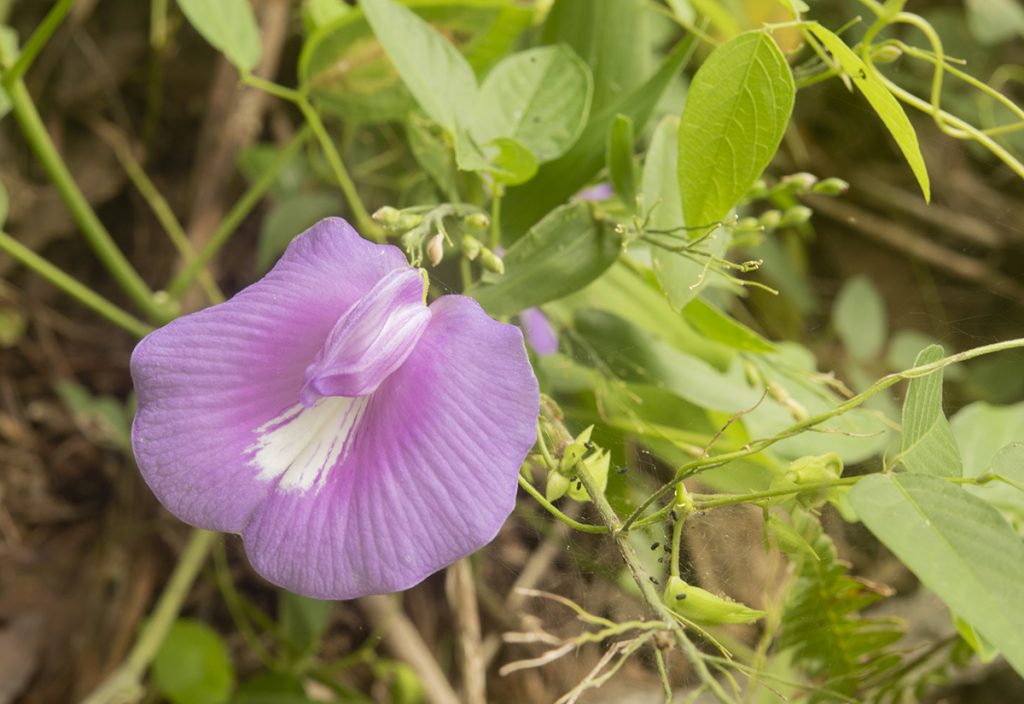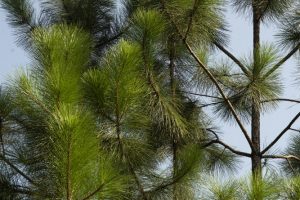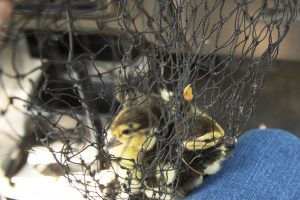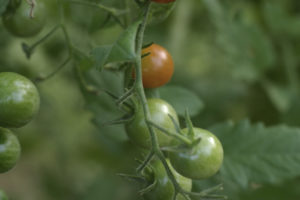Field Trip to Lake D’Arbonne State Park
We were up in north Louisiana over last weekend to check on some property and decided that instead of staying one of the local motels we would go for a little adventure. Lake D’Arbonne State Park in Farmerville was a super nice surprise! The host couple, who are volunteers, accommodated our late check-in by leaving the door to our cabin open and the key on the counter. We booked a two-bedroom, one-bath site loosely described as a “cabin” although it was larger and nicer than some homes I’ve been in. Central air, cable TV, a full kitchen including a dishwasher, hairdryer, towels and linens, screened in porch—the list goes on and on. The location on this popular lake is gorgeous. The grounds are spik-n-span clean and the activities awaiting families and sportsmen are incredible. A huge pool and tennis courts are at the visitor’s center and not far from the boat launch. Three fishing piers and a fish cleaning station will make sportsmen happy. Group accommodations, RV and primitive camping sites are other accommodation choices. We skipped the hiking trails and rented a canoe for a paddle around the nearby islands. Next day we had no luck finding bass, but the locals were catching catfish and panfish on live red worms. The guests were friendly and invited us to their barbeques. Being two old people we especially appreciated not being disturbed by noisy teenagers and drunks running wild or speeding around the curves and over the hills. It was peaceful, fun, and friendly. What more could you ask? We’ll definitely book again.
Button Bush
We didn’t do any hiking, but logged a couple of weeds we haven’t seen in at Vista Farm. Button Bush, Cephalanthus occidentalis, was all over the place in the water and in moist areas around the lake. It’s a deciduous shrub in the Madder family that can get quite large.

An extract of the plant has been found useful as an antibacterial, but the active ingredient, Cephalathin, will induce vomiting, paralysis, and convulsions if parts of the wild plant are ingested. In bloom, it’s really a beautiful plant and attracts insects and birds.
Butterfly Pea
Butterfly Pea, Centrosema virginianum, is a deciduous perennial vine in the Fabaceae family. An interesting thing about members of the Fabaceae family like wild lupines, clover and Chamaecrista fasciculata, and agricrops like peas and legumes is that they are nitrogen-fixing plants.

What the heck does that mean? It means that they have a symbiotic relationship with a couple of bacteria which set up housekeeping in their roots. The bacteria takes nitrogen gas from the air and converts it to a form which is stored in the roots of the plant in lumps called nodules.

When the growing season is over and the plants die back, all that nitrogen is released into the soil. If you buy fertilizer at the feed and seed store one of the critical elements is nitrogen. It is vital to plants and without it they die. If you want to grow organic vegetables you would want to read up on the work of Paul Alfrey at the Permaculture Institute and others who are researching the use of nitrogen-fixing plants in agribusiness. See also: Amelia Walker, How to Grow Your Own Fertilizer.





Recent Comments